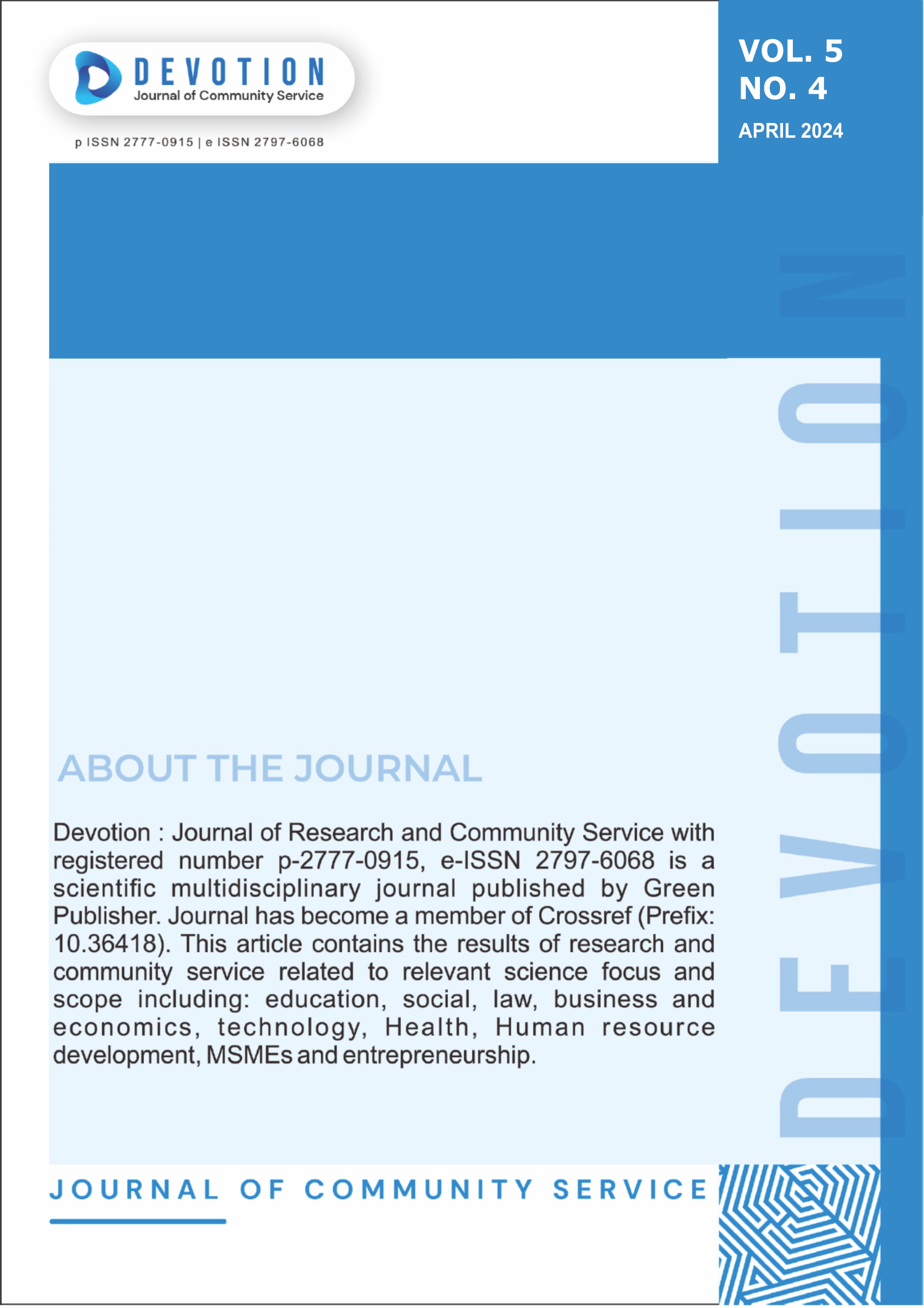Unveiling Masculinity: A Critical Analysis of Gender Representation in Men's Fragrance Advertisements
DOI:
https://doi.org/10.59188/devotion.v5i4.707Keywords:
masculinity, fragrance advertisements, gender stereotypes, social semiotics, gender equalityAbstract
The aim of this study is to examine how male sexuality is visually portrayed in advertisements for men's perfume and to investigate the notions of masculinity, gender, and sexuality depicted therein. Through a visual text analysis approach rooted in social semiotic theory with literature study, the study examines 27 advertisements predominantly from Western countries (Specifically France and Italy), analyzing elements such as visual composition, gendered representations, and societal implications. The analysis of the sampled images reveals stereotypical representations of male and female sexuality, conveyed through the use of sexuality and gender concepts. For male consumers, exposure to these representations may lead to the internalization of these ideals, influencing their self-image and behavior. These representations not only maintain existing power differentials but also hinder progress towards gender equality and challenging societal norms.
Downloads
Published
Issue
Section
License
Copyright (c) 2024 Danny Susanto

This work is licensed under a Creative Commons Attribution-ShareAlike 4.0 International License.
Authors who publish with this journal agree to the following terms:
- Authors retain copyright and grant the journal right of first publication with the work simultaneously licensed under a Creative Commons Attribution-ShareAlike 4.0 International. that allows others to share the work with an acknowledgement of the work's authorship and initial publication in this journal.
- Authors are able to enter into separate, additional contractual arrangements for the non-exclusive distribution of the journal's published version of the work (e.g., post it to an institutional repository or publish it in a book), with an acknowledgement of its initial publication in this journal.
- Authors are permitted and encouraged to post their work online (e.g., in institutional repositories or on their website) prior to and during the submission process, as it can lead to productive exchanges, as well as earlier and greater citation of published work.













